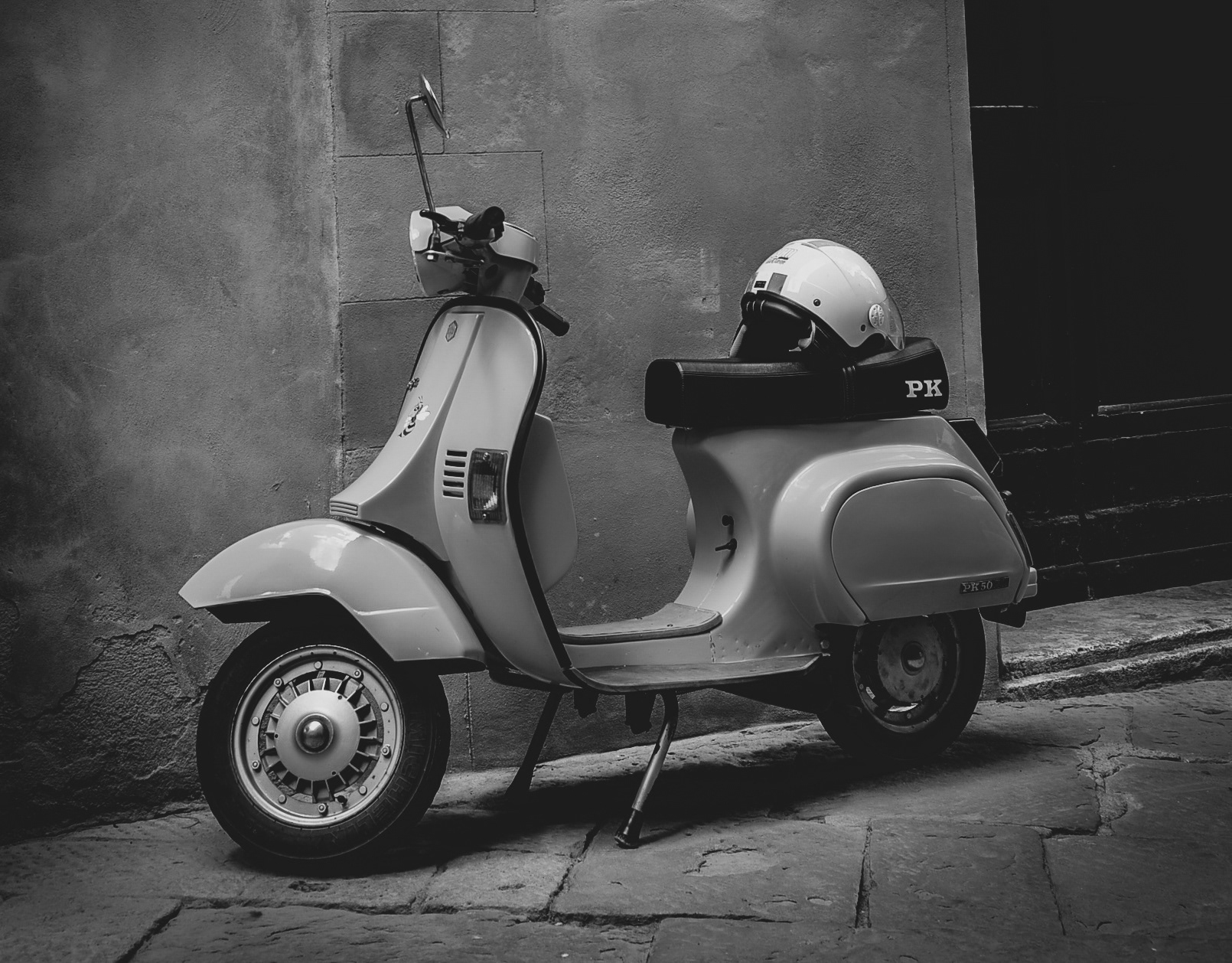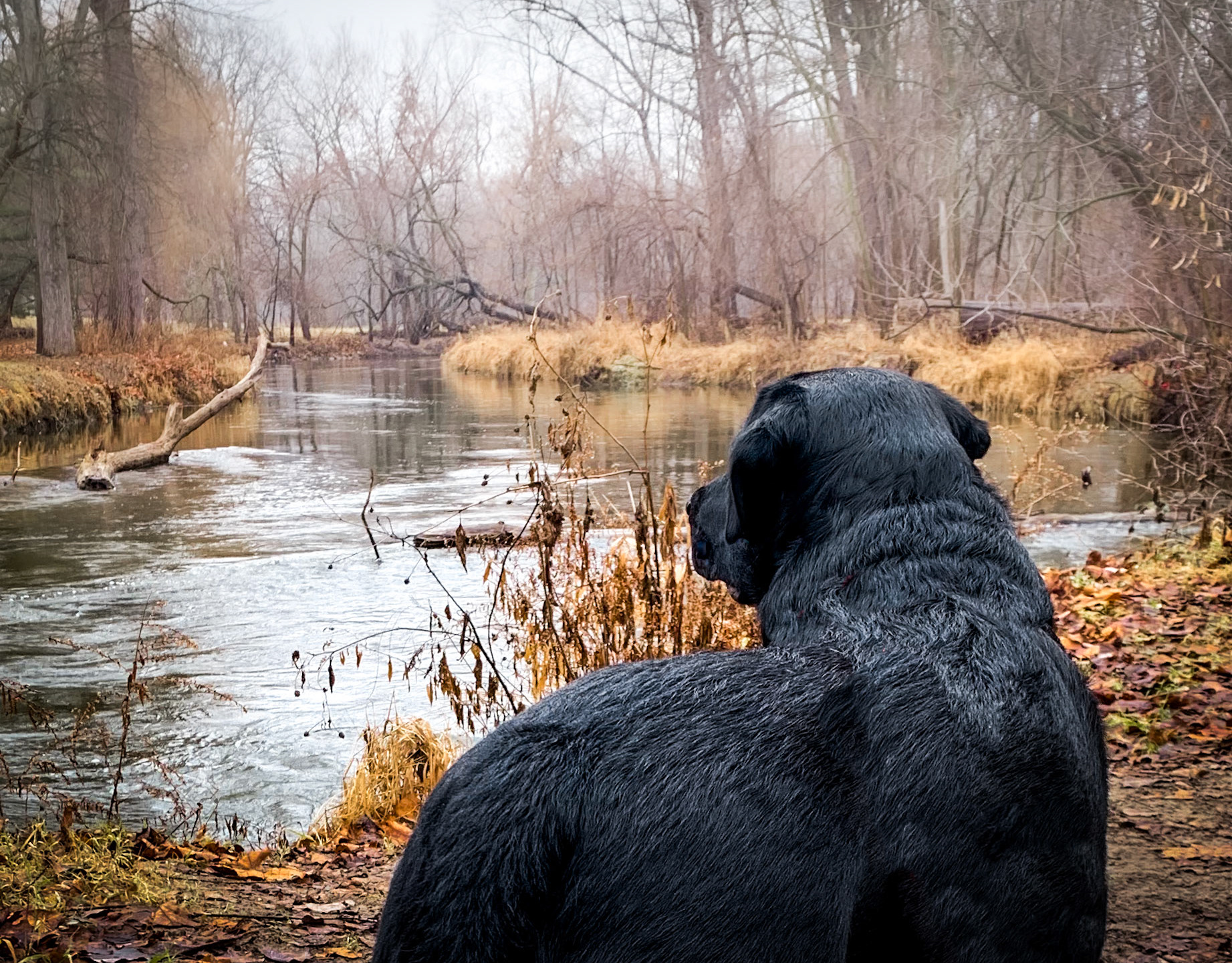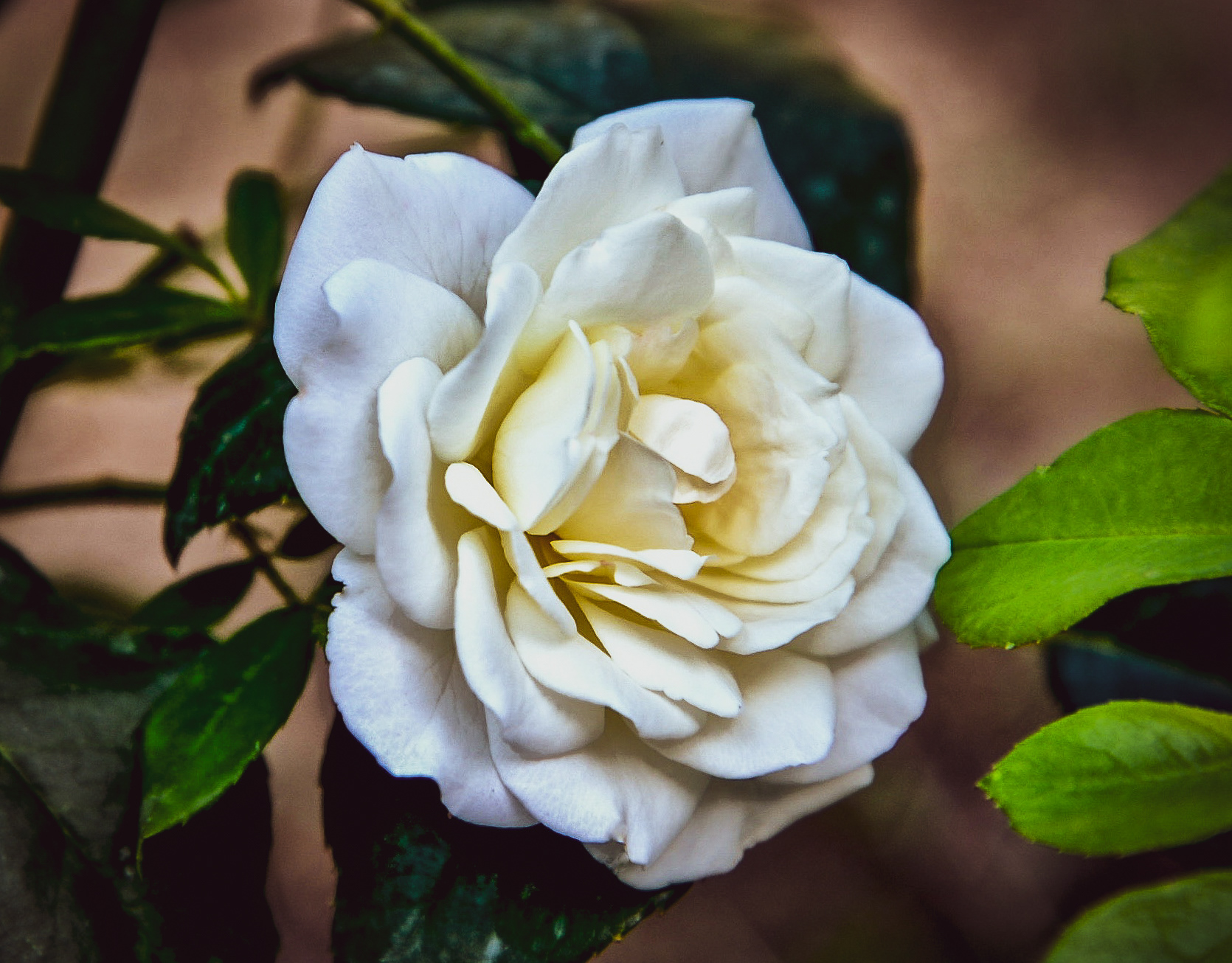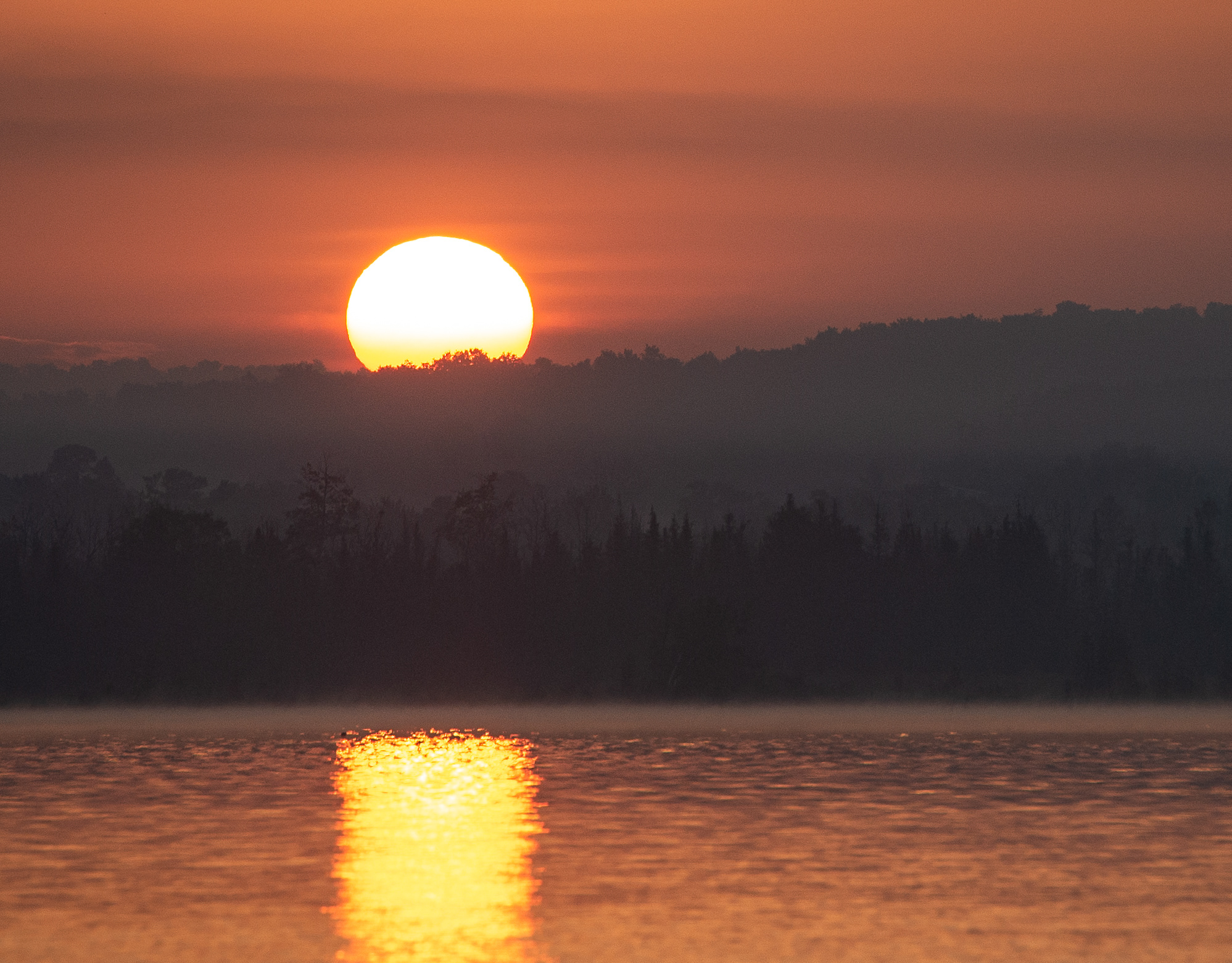Round Island Lighthouse
The Round Island Light, also known as the "Old Round Island Point Lighthouse" is a lighthouse located on the west shore of Round Island in the shipping lanes of the Straits of Mackinac, which connect Lake Michigan and Lake Huron.
This light is a twin of the Two Harbors Light in Minnesota. Located in Coast Guard District 9, the Round Island Light was built of painted brick in 1895 by a predecessor agency of the United States Coast Guard and Mackinac island carpenter Frank Rounds. It served as an active, manned lighthouse and fog signal in 1895–1947. It was abandoned in 1947 and replaced by the Round Island Passage Light, an automated light tower located in the adjacent Round Island Channel.
Abandoned
The Loneliness One dare not sound
by Emily Dickinson (1830-1886)
by Emily Dickinson (1830-1886)
The Loneliness One dare not sound—
And would as soon surmise
As in its Grave go plumbing
To ascertain the size—
And would as soon surmise
As in its Grave go plumbing
To ascertain the size—
The Loneliness whose worst alarm
Is lest itself should see—
And perish from before itself
For just a scrutiny—
Is lest itself should see—
And perish from before itself
For just a scrutiny—
The Horror not to be surveyed—
But skirted in the Dark—
With Consciousness suspended—
And Being under Lock—
But skirted in the Dark—
With Consciousness suspended—
And Being under Lock—
I fear me this—is Loneliness—
The Maker of the soul
Its Caverns and its Corridors
Illuminate—or seal—
The Maker of the soul
Its Caverns and its Corridors
Illuminate—or seal—
Frozen Straights
The Mackinac Bridge (MAK-in-aw) is a suspension bridge spanning the Straits of Mackinac to connect the Upper and Lower peninsulas of the U.S. state of Michigan. Opened in 1957, the 26,372-foot-long (4.995 mi; 8.038 km) bridge (familiarly known as "Big Mac" and "Mighty Mac") is the world's 24th-longest main span and the longest suspension bridge between anchorages in the Western Hemisphere.
The design of the Mackinac Bridge was directly influenced by the lessons from the first Tacoma Narrows Bridge, which failed in 1940 because of its instability in high winds. Three years after that disaster, Steinman had published a theoretical analysis of suspension-bridge stability problems, which recommended that future bridge designs include deep stiffening trusses to support the bridge deck and an open-grid roadway to reduce its wind resistance. Both of these features were incorporated into the design of the Mackinac Bridge. The stiffening truss is open to reduce wind resistance. The road deck is shaped as an airfoil to provide lift in a cross wind, and the center two lanes are open grid to allow vertical (upward) air flow, which fairly precisely cancels the lift, making the roadway stable in design in winds of up to 150 miles per hour (240 km/h).
The main bridge cables are made from 42,000 Miles of wire weighting 11,840 Tons. The towers reach 554 feet above the water surface and 210 feet beneath the surface to bedrock. To accommodate temperature changes, high winds and changes of weight on the Mackinac Bridge,. The deck can move right or left as much as 35 feet at the center span. Normal movement is much less, and not obvious to vehicles crossing the bridge. 31 expansion joints allow movement at the length as segments change with the temperature.
Born And Raised In South Detroit
"Don't Stop Believin'" is a song by American rock band Journey, originally released as the second single from their seventh album, Escape (1981). It became a number 9 hit on the Billboard Hot 100 on its original release after entering the chart at position 56 on October 31, 1981. In 2021, the song received the Grammy Hall of Fame award.
Mike DeGagne of AllMusic has described "Don't Stop Believin'" as a "perfect rock song" and an "anthem", featuring "one of the best opening keyboard riffs in rock." It is the best-selling digital track from the 20th century, with over 7 million copies sold in the United States.
The title of the song came from something keyboardist Jonathan Cain's father frequently told him when he was a struggling musician living on Los Angeles' Sunset Boulevard ready to give up because he was not having success in the music industry. Each time he would call home in despair, his father would tell him, "Don't stop believing or you're done, dude."
While the lyrics mention being "born and raised in south Detroit", there is no place in the Detroit, Michigan area called "South Detroit"; the location south of the Detroit city center is actually the Canadian city of Windsor. Steve Perry has said, "I tried north Detroit, I tried east and west and it didn't sing, but south Detroit sounded so beautiful. I loved the way it sounded, only to find out later it's actually Canada." Detroiters often refer to the "East Side" and "West Side" of the city, but only rarely north (sometimes called "8 Mile", after the road of the same name) or south (referred to as "Downriver" or "Mexican Town"). The lyric "streetlight people living just to find emotion" came from Perry watching people walking in the streets of Detroit at night after a show.
The song has for years been commonly played at Detroit Red Wings home games. During the last minutes of playoff victories, the recording is turned down during the line "born and raised in south Detroit" so that the home fans can sing the line from the song. It was played at the closing ceremony of the Red Wings long-time home Joe Louis Arena in 2017.
I Dream A World
I Dream a World
by Margaret Noodin
by Margaret Noodin
"I dream a world
of clean water
ancient trees
and changing winds.
of clean water
ancient trees
and changing winds.
I dream a world
of ones who remember
who seek the truth and
believe in tomorrow together.
of ones who remember
who seek the truth and
believe in tomorrow together.
I dream a world
where our path in the sky
can be seen as clearly as
the place where our neighbor once stood."
where our path in the sky
can be seen as clearly as
the place where our neighbor once stood."
“This poem was written after hearing Kwame Alexander and Rachel Martin talk about Martin Luther King Jr.’s speech ‘I Have a Dream’ which was inspired by Langston Hughes’ poem ‘I Dream a World.’ With all we’ve lost and learned this past year, and all that remains to be repaired, I thought perhaps we should all sit down and dream harder and more often with more clarity and infinite diversity.”
—Margaret Noodin
—Margaret Noodin
Round Island is an uninhabited island in Mackinac County of the U.S. state of Michigan. It is located in the Straits of Mackinac, which connect Lake Michigan and Lake Huron. The Native Americans called the island "Nissawinagong."
The island has an area of 378 acres. Almost the entire island comprises the Round Island Wilderness Area within the Hiawatha National Forest. The island is nominally part of the City of Mackinac Island, Michigan, but is in fact overseen by the U.S. Forest Service.
The sole building on the island is the Round Island Light, a lighthouse constructed in 1895. The ship channel between Mackinac Island and Round Island, lighted by Round Island Light, is called Round Island Channel.
The Mackinac Bands of Chippewa and Ottawa Indians are descendants of Anishinaabe people who migrated from somewhere in the Northeast to the Great Lakes area (now known as Michigan) sometime around 1200 AD. Later some of the bands became centered in territories to the south and west of the lakes. The Odawa, Ojibwa, and Potawatomi people were closely related and affiliated as the Council of Three Fires.
The Mackinac Bands of these three peoples is one of the oldest and largest historical groups in Michigan. Waganagisi, better known now as L'Arbre Croche, was the largest village in the Great Lakes. The region encompassed much of present-day Emmet County from Harbor Springs and north, including Odawa clusters of lodges along Little Traverse Bay around 1740.
The Odawa of L'Arbre Croche fished, hunted, and grew and gathered produce, including corn, squash, onions, cucumbers, turnips, cabbages, melon, and wild strawberries. The Odawa bartered with the French at Mackinac Island, a major fur-trading center where Lake Huron meets Lake Michigan. They traded food, bark, and canoes for good, like clothing and glass and porcelain beads. The canoes and food–including dried fish and meat and produce–supplied the fur traders who worked in the wilderness of the Great Lakes and the Upper Mississippi regions.
In Winter’s Grip
The Portage Lake Lift Bridge (officially the Houghton–Hancock Bridge) connects the cities of Hancock and Houghton, in the US state of Michigan. It crosses Portage Lake, a portion of the waterway which cuts across the Keweenaw Peninsula with a canal linking the final several miles to Lake Superior to the northwest. US Highway 41 (US 41) and M-26 are both routed across the bridge. It is the only land-based link between the north (so-called Copper Island) and south sections of the Keweenaw peninsula. In the winter after the lake freezes, the bridge is placed in the lowest position to allow the lower deck to be used by snowmobile traffic.
The Last Column
The Last Column, standing in the center of the 9/11 Memorial Museum’s Foundation Hall, is covered in thousands of markings and tributes placed on the beam by workers and family members.
George Luis Torres, FDNY Squad 41, began searching for survivors of Sept. 11. and worked intermittently at ground zero for the duration of the rescue and recovery effort. He and fellow squad members were looking for the six men from their unit who were missing.
“You do what you gotta do to bring everybody back,” he said. “This wasn’t Iraq and it wasn’t Afghanistan but at the same time that was our war, right there, that was ground zero.”
They sprayed SQ 41 in yellow paint on the column to indicate the exact spot where they located traces of their men. He was also requested to spray E 214 and L 111 by other recovery workers nearby.
Within 24 hours the column was covered with other unit identifications and the initial attachments of memorial tributes that would grow over the next few months.
Ultimately this beam became known as “The Last Column” and became a symbol of loss, remembrance and of the community at ground zero and was ceremoniously removed from the site on May 30, 2002, to mark the end of the recovery effort. The beam returned to the 9/11 Museum in 2009.









